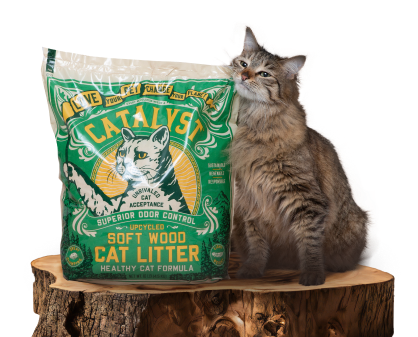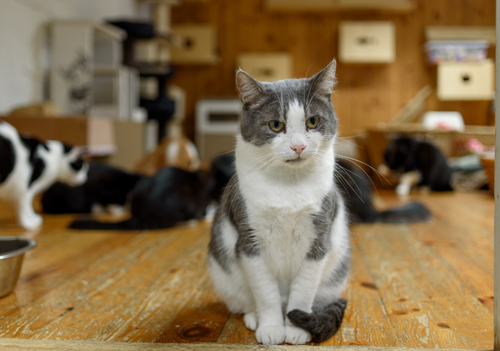As the days grow warmer and spring blossoms, we enter what's affectionately known in the feline world as "kitten season." This period, typically spanning from March to October, sees a significant uptick in feline births. Why? Cats are seasonal breeders, with their reproductive cycles influenced by the lengthening daylight hours and rising temperatures.
Female cats can become sexually mature as early as four months old, meaning that kittens can, quite literally, have kittens. Once mature, they experience regular heat cycles throughout the breeding season.
A female cat can have a litter ranging from one to six kittens, with an average of four. Remarkably, during a single heat cycle, they can mate with multiple males, leading to a litter with kittens from different fathers. And they don’t waste time—female cats can go into heat again just weeks after having a litter, which means overpopulation can become a serious issue.
The rapid reproductive rate of cats underscores the importance of spaying and neutering. Beyond preventing overpopulation, these procedures offer significant health benefits. Spaying female cats helps prevent uterine infections and reduces the risk of breast cancer. Neutering males eliminates the risk of testicular cancer and can reduce behavioral issues such as roaming and spraying.
During kitten season, shelters and rescue organizations often become inundated with litters in need of loving homes. If you're considering adding a feline friend to your family, now is the perfect time to adopt. Not only will you be providing a home to a kitten in need, but you'll also be helping to alleviate the strain on these organizations.
Remember, adopting a pet is a long-term commitment. Ensure you're prepared to provide the necessary care, attention, and resources your new companion will need throughout their life. By choosing to adopt and advocating for spaying and neutering, you're contributing to a solution that benefits both our feline friends and the broader community.
Kitten season may bring an overwhelming number of tiny paws into the world, but it also brings an opportunity—to adopt, to educate, and to make a meaningful difference. With compassion and a little planning, we can all help ensure more cats land in loving homes, not in overcrowded shelters.














